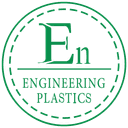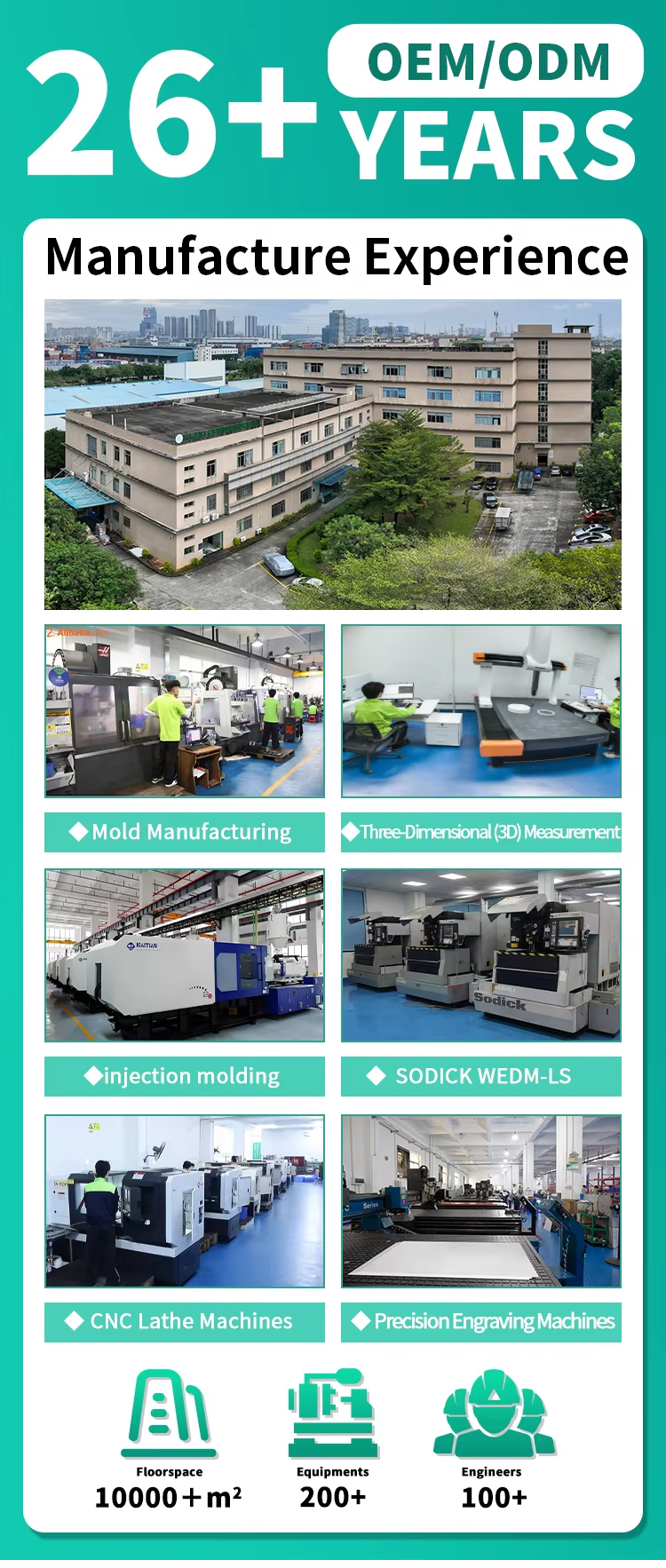
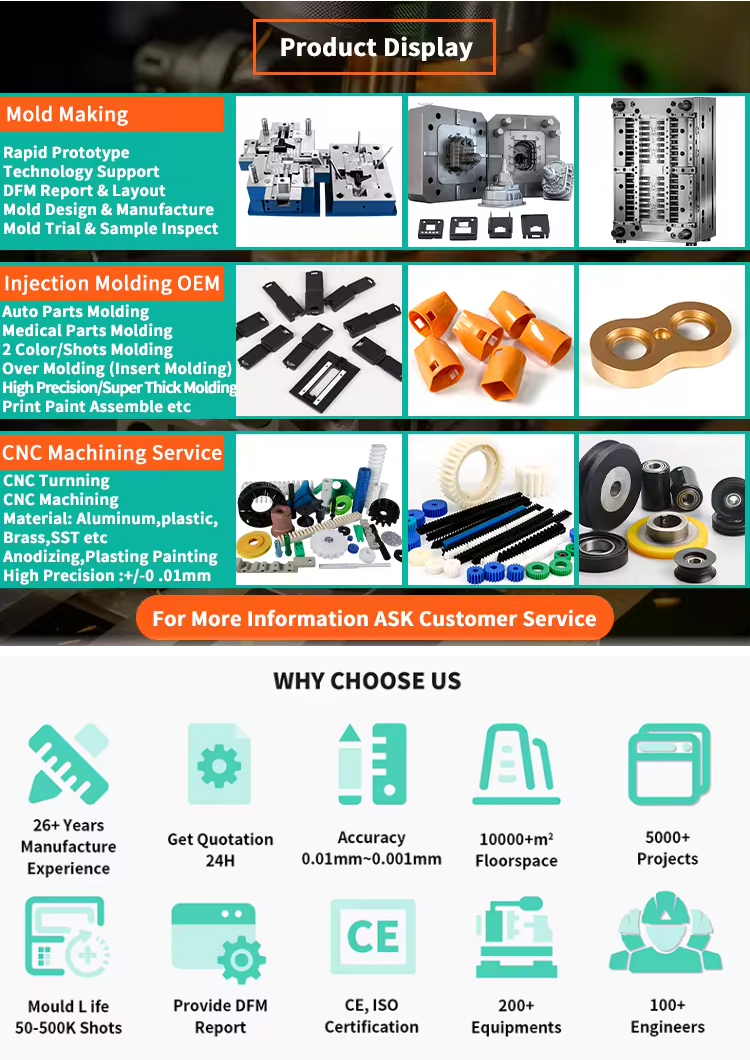
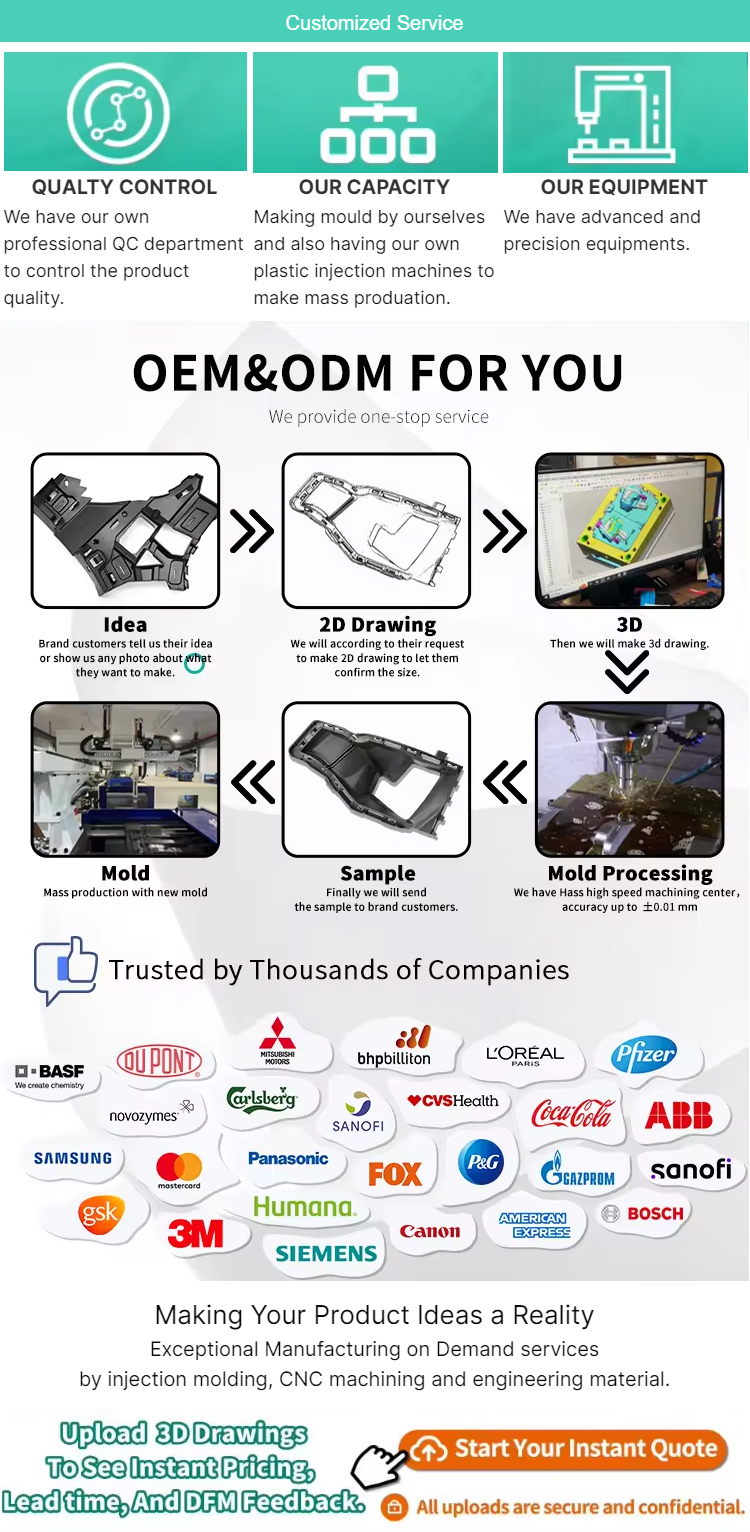
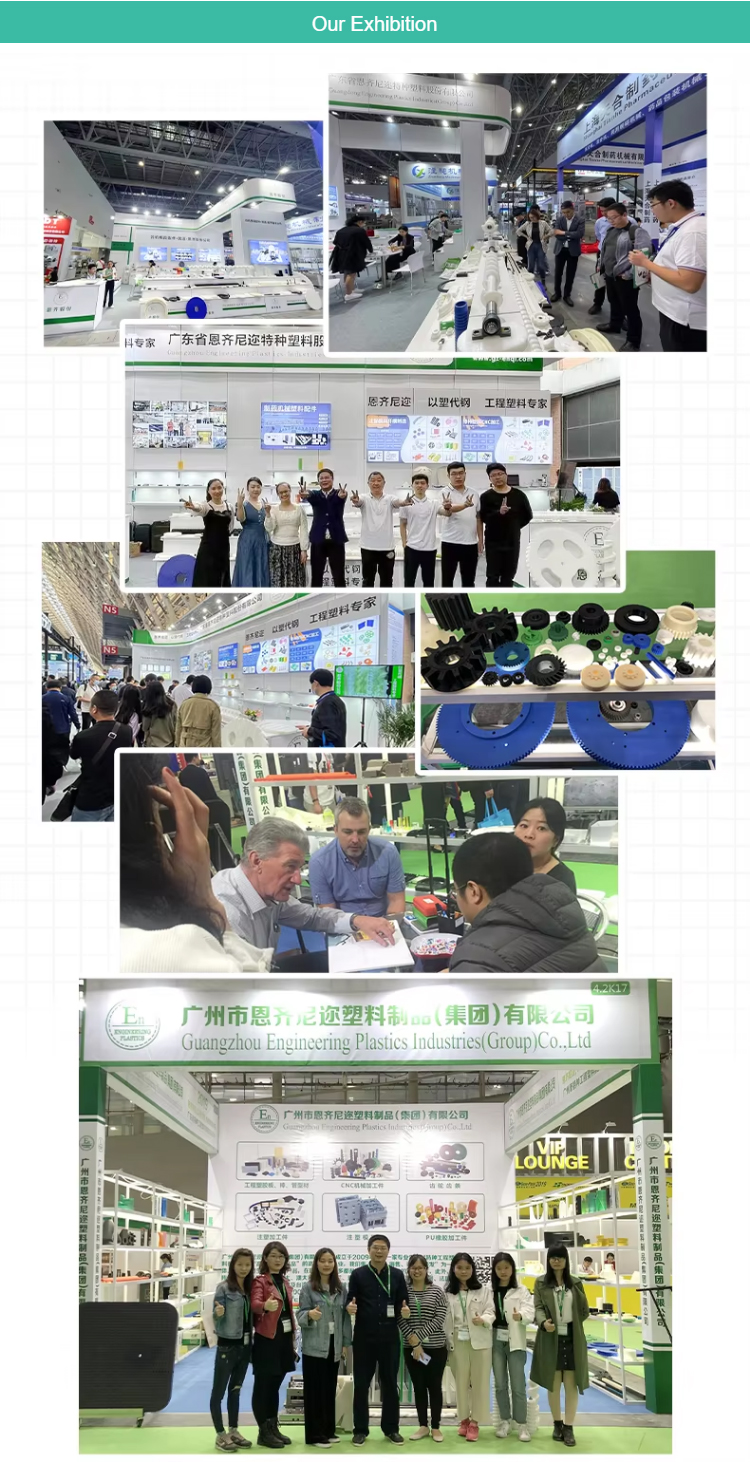
In today's fast-paced world of manufacturing, the precision, efficiency, and versatility offered by plastic injection molds are fundamental to innovation across countless industries. This technology is the driving force behind the mass production of complex, high-quality components, enabling designs that were once considered impossible. From critical automotive systems to everyday household items, the ability to create consistent and durable parts makes this manufacturing process an indispensable cornerstone of modern product development. The core of this success lies in the meticulous engineering of the molds, which dictates the final quality and performance of every single item produced.
The foundation for creating superior plastic components is the mold itself, an instrument of incredible precision and durability. The creation of these high-performance tools often involves advanced techniques and materials, sometimes sharing principles with metal injection molding to achieve the required strength and longevity. These molds are engineered to withstand immense pressures and high temperatures repeatedly without any degradation in quality. The internal surfaces are polished to perfection, ensuring that every part ejected has a flawless finish and meets exact dimensional specifications. This level of craftsmanship in the mold-making process is what guarantees the seamless production of components with consistent quality, part after part, for industries that demand perfection.
The direct output of this sophisticated tooling is a vast range of plastic injection mold parts, each designed for a specific function and industry. A clear example of this can be seen in the demanding automotive sector. Components such as large tail light or indicator housings are manufactured from automotive-grade engineering plastics that provide a perfect balance of strength, lightweight properties, and exceptional resistance to impact and environmental factors. These parts are not just functional; they are critical for vehicle safety and performance, demonstrating how advanced molding can meet the most stringent industry standards while also contributing to fuel efficiency through weight reduction.
Beyond large-scale applications, the true versatility of the technology is showcased in the smaller, more intricate plastic injection mold parts that serve a multitude of functions. Vibrant collections of geometrically-designed brackets, protective caps, color-coded tags, and custom inserts highlight the adaptability of the process. These pieces are essential in logistics for labeling and organization, in industrial settings for secure fittings, and in consumer products for intelligent assembly or cable management. The ability to produce these functional components in various colors and materials allows for endless customization, making them perfect for smart accessories, packaging solutions, and bespoke industrial designs.
The influence of well-designed plastic injection molds is also prominently felt within the home. The process allows for the creation of products that blend practical utility with a clean aesthetic style. Items like triangular or grid-shaped drain covers in various colors are perfect examples, offering efficient function while complementing modern decor. Similarly, robust storage solutions like sleek red trays or rugged multi-purpose cases demonstrate how engineered plastics can deliver ergonomic and sturdy designs for better organization and handling in our daily lives. Even specialized components like crimson-hued industrial hooks, with their clever engineering for strength, show how this technology enhances utility in both professional and domestic environments.
Finally, the electronics industry is a major beneficiary of the precision afforded by this manufacturing method. Classic black electronics casings and frames are essential for protecting sensitive circuitry from physical shock, dust, and moisture. These enclosures are designed with incredible accuracy to ensure a perfect fit for internal components, providing both structural integrity and ergonomic handling for the end-user. The success of modern gadgets, from handheld devices to complex industrial controllers, relies on the reliability and precision of these protective plastic injection mold parts. In conclusion, the entire process from mold design, which can utilize principles from metal injection molding, to the final product showcases an unparalleled level of engineering that powers our technological world.

